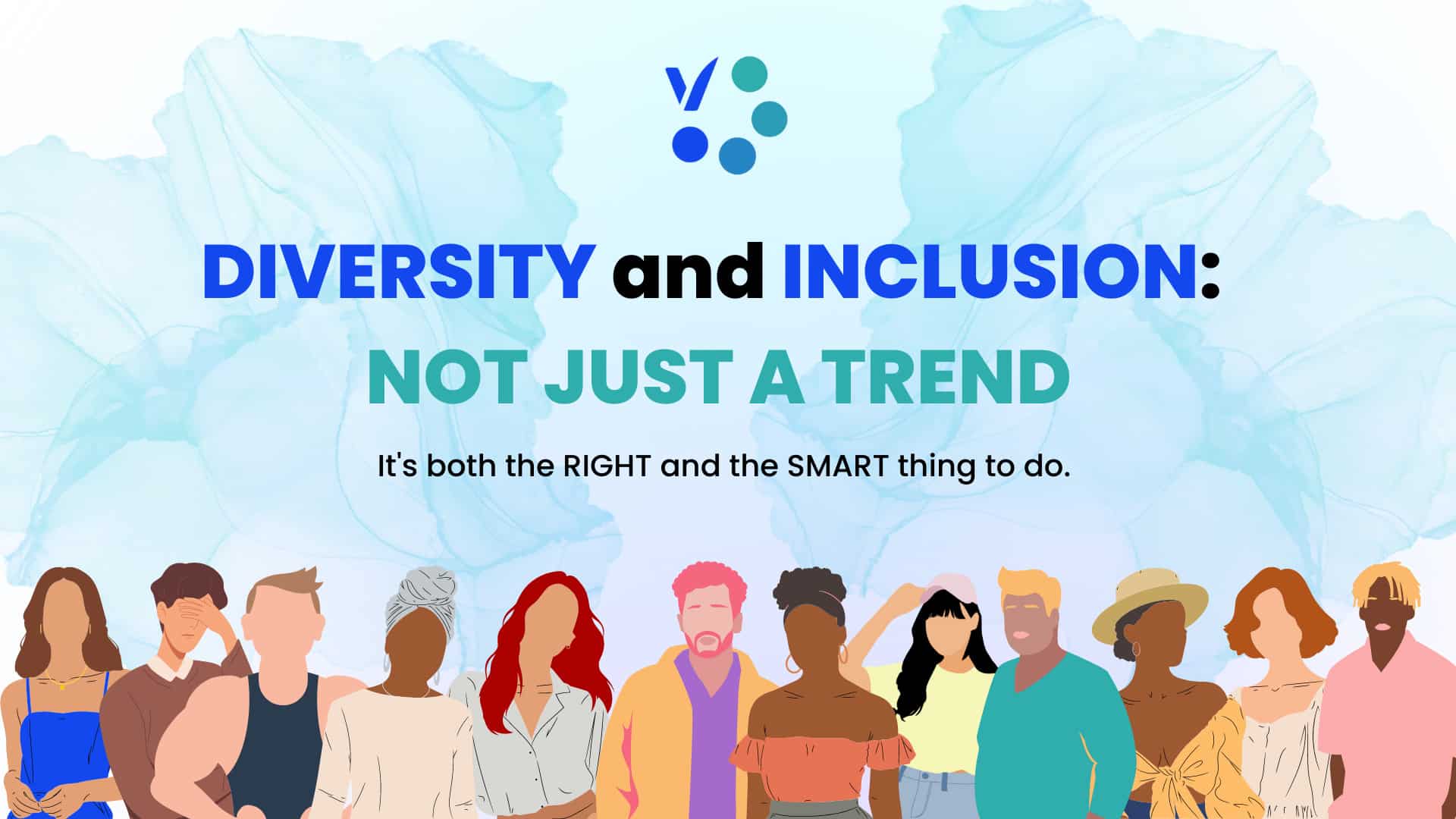DIVERSITY and INCLUSION:
NOT JUST A TREND

By Eloiza Mariano Serate
As a leader in today’s world, it’s more important than ever to prioritize diversity and inclusion in the workplace. Not only is it the right thing to do, but research shows that diverse teams lead to better outcomes and increased innovation.
Diverse and inclusive teams have numerous benefits for organizations. – A study by McKinsey & Company found that companies in the top quartile for ethnic and cultural diversity were 36% more likely to have above-average profitability than those in the bottom quartile [1][2]. Diverse teams are more innovative and creative, make better decisions, and are more effective at problem-solving. Inclusive teams also report higher levels of job satisfaction and engagement, leading to increased productivity and employee retention.
But how do we actually make progress in this area? Here are some insights and strategies that I’ve found to be effective:
1. Start with education and awareness
Before you can make any meaningful change, it’s important to educate yourself and your team about the issues surrounding diversity and inclusion. This includes understanding different perspectives and experiences, as well as recognizing your own biases and blind spots. Consider hosting workshops or bringing in outside experts to facilitate these conversations.
2. Set clear goals and metrics
Just like any other business initiative, it’s important to set clear goals and metrics for diversity and inclusion. This could include things like increasing the representation of underrepresented groups in leadership positions or improving employee engagement and retention for diverse team members. Regularly track progress and adjust strategies as needed.
3. Foster a culture of inclusion
It’s not enough to simply hire a diverse team – you also need to create an environment where everyone feels valued and included. This means actively seeking out and listening to diverse perspectives, and creating policies and practices that support all team members. For example, offering flexible work arrangements or providing cultural competency training.
4. Hold yourself and others accountable
Finally, it’s important to hold yourself and others accountable for progress in this area. This could include regular check-ins on diversity and inclusion metrics, as well as addressing any incidents of bias or discrimination that may arise. By making diversity and inclusion a priority, you can create a workplace that truly values and celebrates differences.
In conclusion, diversity and inclusion are essential components of any successful organization. As a leader, it’s up to you to take action and create a workplace where everyone feels valued and included. By educating yourself, setting clear goals, fostering a culture of inclusion, and holding yourself and others accountable, you can make meaningful progress toward a more diverse and equitable future.
Want to hear the latest news about Virtual Champions PH?
This could be the start of something awesome! Subscribe to our newsletter. Stay updated with exclusive tips, articles, new product tools and notifications, as well as special service offers from VCPH conveniently in your inbox!
